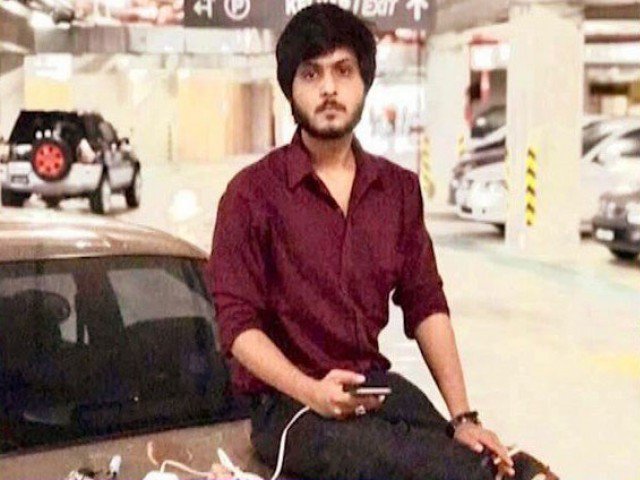
KARACHI: The Joint Investigation Team (JIT) formed to probe the murder of Malaysia-returned student Intezar Ahmad failed to find a motive behind the killing and termed it as a 'cold-blooded, rash and negligent' act by plainclothes police officials.
The final report by investigation team has cleared former Anti-Car Lifting Cell (ACLC) chief SSP Muqaddas Haider and others accused by the victim’s father, including Criminal Investigation Agency (CIA) Inspector Amir Hameed, his brother Sohail, niece Mahrukh Sohail and the victim’s friend Madiha Kiyani.
However, the report recommended a departmental action against Haider for negligence in adopting Standard Operating Procedure (SOP).
Furthermore, no link was established between the ACLC SSP and Kiyani after an analysis of the call data records, the report stated. Travel history obtained through the Federal Investigation Agency (FIA) revealed that Sohail left for the United States on May 5, 2017, and Mahrukh on August 18, 2017, and both did not return to Pakistan and also denied any link with the police official. Haider also denied any relationship with Sohail, Mahrukh and Kiyani.
New CCTV footage surfaces in Intizar Ahmed case
The report, shedding light on the evening of the incident, said the victim’s car was stopped in a “highly unprofessional” manner by the ACLC team, comprising plainclothes police officials and unmarked vehicles.
An examination of the vehicle showed three bullets marks and two bullet scratches on the driver’s side of the car. “The evidence conclusively suggests that constable Bilal’s bullet hit Intezar and killed him.”
Police also recovered at least 18 shell casings from the crime scene – all traced back to two out of eight weapons confiscated from the ACLC officers. The JIT report notes that the suspects fled from the scene of the incident without attempting to rescue the victim. It also said the CCTV footage showed that ACLC officers immediately fled after opening fire on the vehicle.
In its recommendations, the team states that the eight police officials involved should be given a challan for “their criminal act of merciless and cold-blooded killing of Intezar in a rash and negligent act, and not rescuing him after the firing incident”.
The JIT findings recommended that Head Constable Ghulam Abbbas should be placed in column number 2 as he was not present at the crime scene and also recommended strict departmental action against police officials, including an investigation into the supervisory role of Haider and DSP ACLC “for their failure to implement the Deployment Order issued for checking of vehicles in DHA area”.
“The JIT further recommends Sindh Police to draft and issue a comprehensive Standard Operating Procedure (SOP) for stop and search operations so that such unfortunate incidents could be avoided in future,” it concluded.
Intizar murder case: Girl breaks silence on DHA shooting case
Intizar was shot dead on January 13 on Khayaban-e-Ittehad of Karachi’s upscale DHA neighbourhood after officials and personnel of the ACLC resorted to indiscriminate fire on his white-coloured Toyota Corolla, killing the victim on the spot.
Although the police had initially claimed that the boy was killed in an act of targeted killing by at least two armed assailants riding a motorcycle, it was later revealed that the ACLC officials and police personnel were behind the brutal killing.
On February 12, 2018, the government of Sindh constituted the current JIT headed by Additional IGP Counter-Terrorism Department Sindh Sanaullah Abbasi and comprising of DIGP Azad Khan, Director ISI Muhammad Arif, MI official Major Hassan Afridi, Director Intelligence Bureau Rizwan Shah, DSP Special Branch Hasnat Waqar and DSR Pakistan Rangers Khaliqdad, to probe the killing.














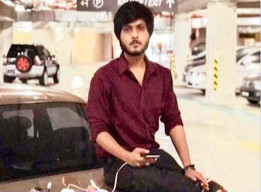
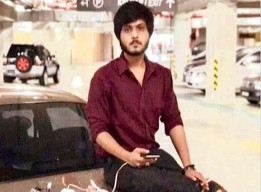



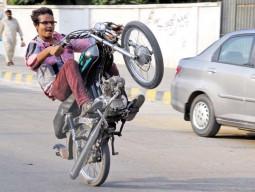
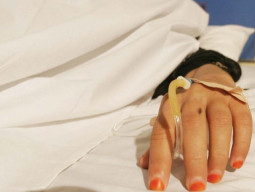
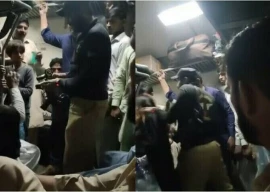
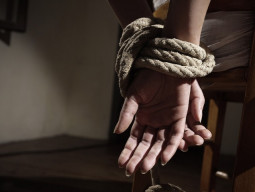
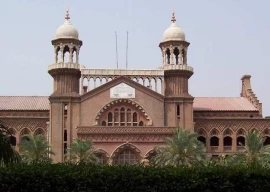














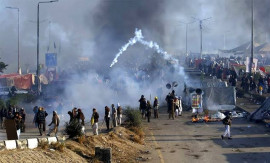






COMMENTS (1)
Comments are moderated and generally will be posted if they are on-topic and not abusive.
For more information, please see our Comments FAQ